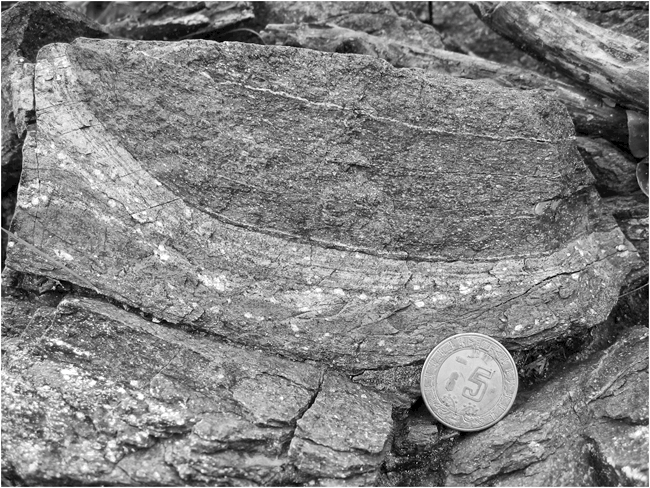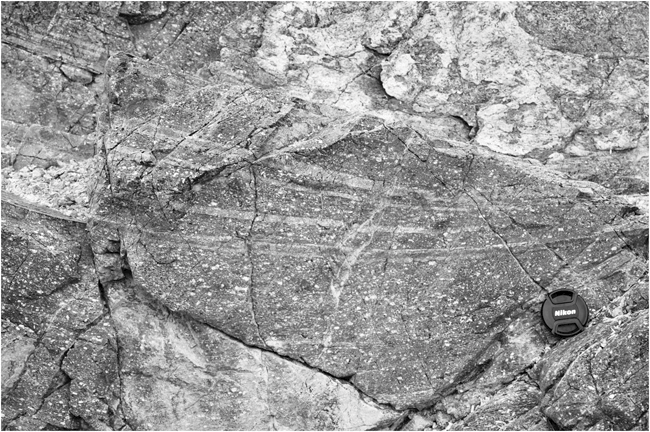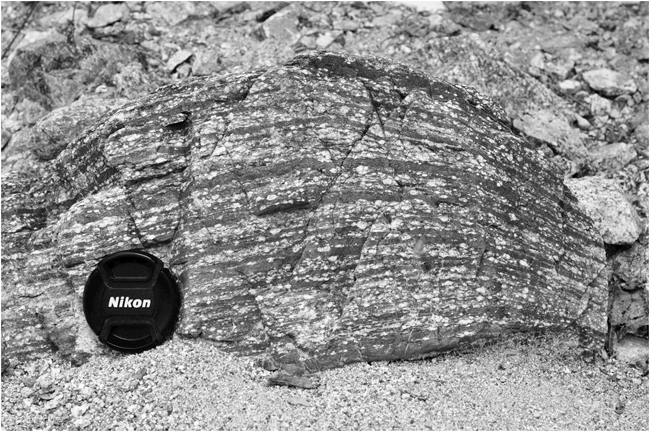I got an email a few weeks back from Moritz K., a PhD student at the Universidad Nacional Autónoma de México (UNAM) in Querétaro. He wanted to offer up a potential Friday fold. Here’s what he had to say:
I wanted to send you a couple of pictures of folds I took in my PhD field area in southern Mexico in a tonalitic/dioritic, strongly banded sequence in the Totoltepec pluton (Acatlán Complex). The interesting thing about these folds is that the thickness of the layers changes about the fold, generating thickened limbs and thinned hinges. Might this feature be due to competence contrasts due to the banding, perhaps? And was this sequence folded in a semi-rigid crystal-mush state? Any ideas?



I know nothing about this area, but I see nothing in these three photos that makes me think it’s tectonic folding for sure. To my eyes, it looks like primary igneous flow banding. The first one looks like it could be wrapping around a xenolith (or half a xenolith, anyhow). …Anyone else want to weigh in?
I wrote back to Moritz:
I don’t see anything here to suggest folding to me – could it not just be primary igneous flow banding?
And a couple days later, I got this back:
I went back to the outcrop and think you are right in suspecting that these are not folds. It is a unit consisting of dikes and a superimposed tectonic fabric that exhibits sigmoidal or wavy shapes due to intrusion and subsequent deformation during transcurrent shear. Feel free to post the photos, but obviously not in the famous Friday fold series!
And so there you have it – a Friday “fauxld,” presented on a Monday! Thanks to Moritz for sharing.
PS – I love it when readers send in their outcrop and sample photos. If you’ve got something to share, then let me help you share it!
